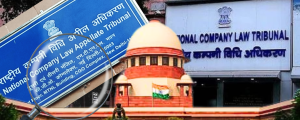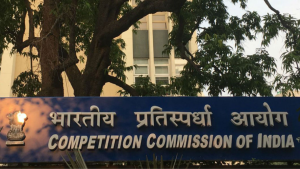| Problems faced by the litigation officer | The Report highlighted that government lawyers lack a proper knowledge of cases and there is a lack of coordination between the lawyers and the litigation conducting officer (defined as “ in relation to each case, the officer in the department concerned who is placed in-charge of the conduct of litigation in that case)
While the current Act does not directly address this issue, provisions such as the preparation of detailed notes and their circulation to all stakeholders will be an important step towards addressing it.
| |
| Any mechanism for resolving inter-departmental litigation? | The current Act falls short of devising a mechanism for solving litigation issues between the government departments. In studies like the abovementioned impact study and government meetings, it has been flagged that such litigation also forms a sizeable chunk of the overall case pendency of government-related cases. | |
| Any appraisal/review of the manner of the conduct of cases inside the departments? | The Act refrains from laying down any review mechanism of the case flow within the departments. While the chain of command has been properly delineated from top to bottom, there is no reviewing authority, apart from sporadic review by the departmental secretary. | |
| How many departments are following the Act? | The Act is silent on its enforceability inside the government departments. While a proper command structure has been established, it is contestable that despite a similar structure in the Karnataka Litigation Rules, 1985 it could not be realised in practice.
The primary reason as highlighted by the Report indicates that the rules could not develop a pool of efficient lawyers. The lawyers were known to do routine work without following the standards laid down in the rules. Further, due to the gaps in the provisions, proper supervision could not be achieved.
| |
| Submission of reports on a periodical basis | Earlier, the government departments of Karnataka were not required to maintain and furnish reports on litigation. However, the Act requires all government pleaders and public prosecutors to maintain a register on litigation they are handling and submit it to the law secretary every quarter. | |





